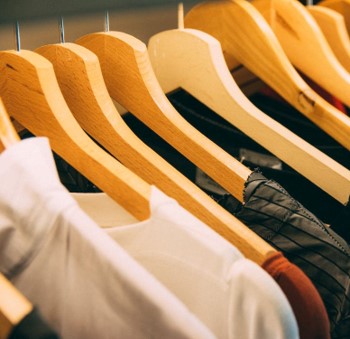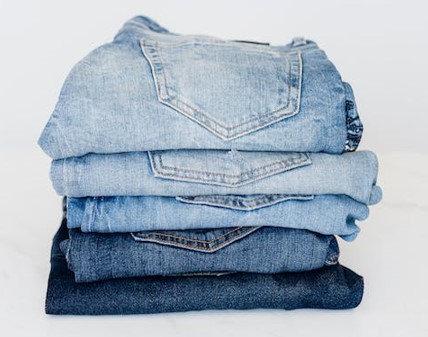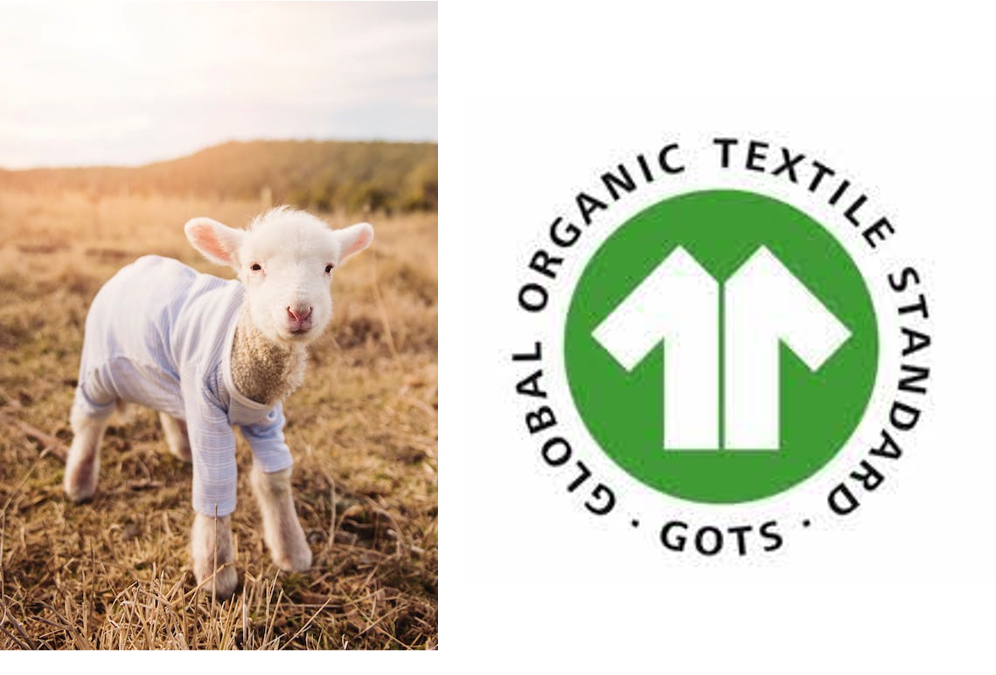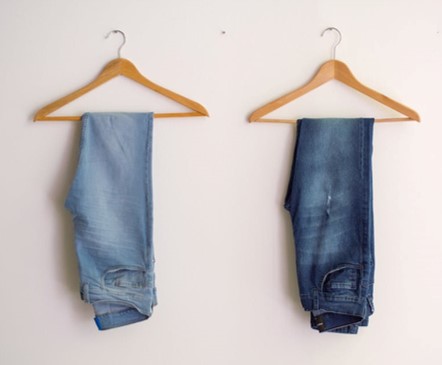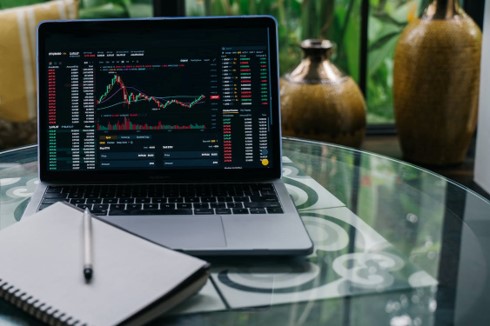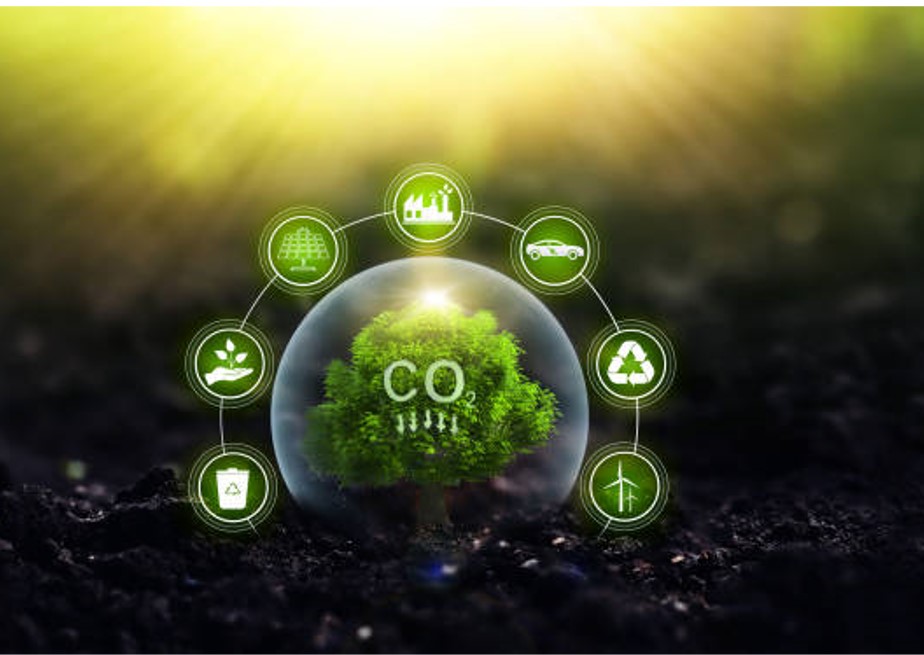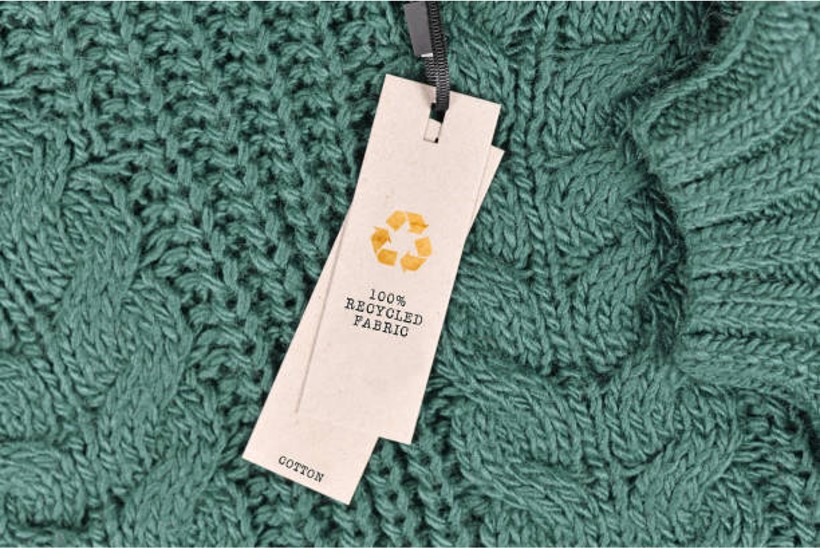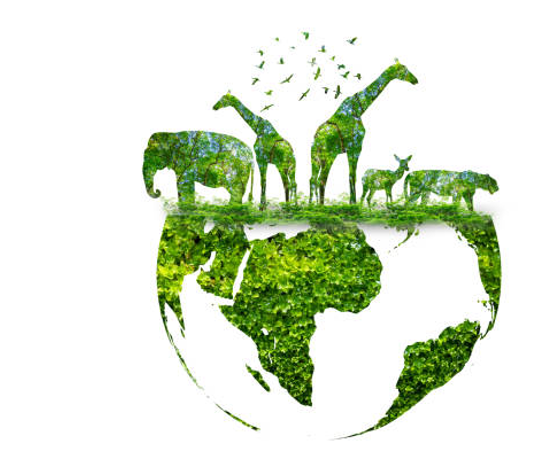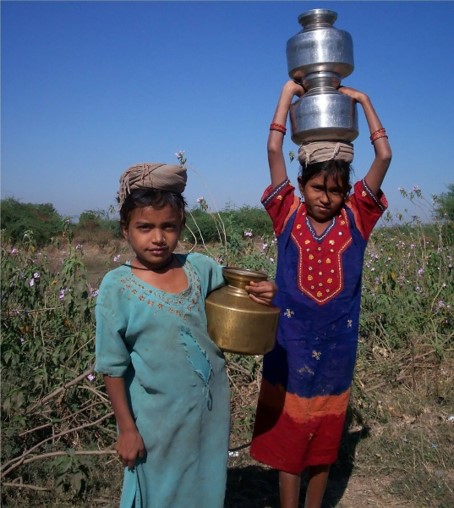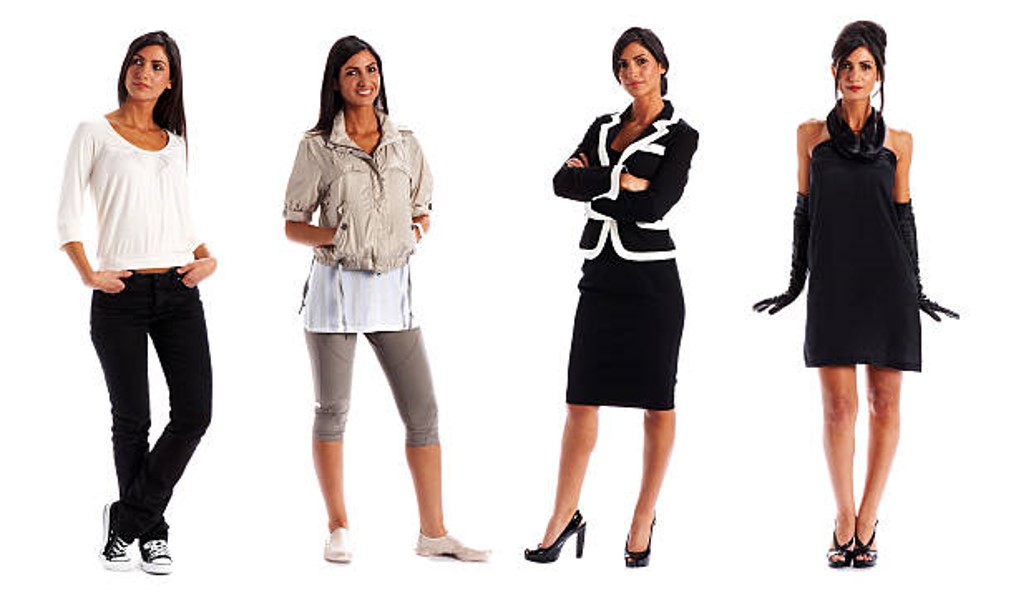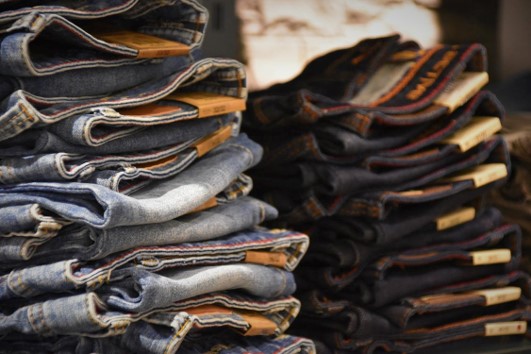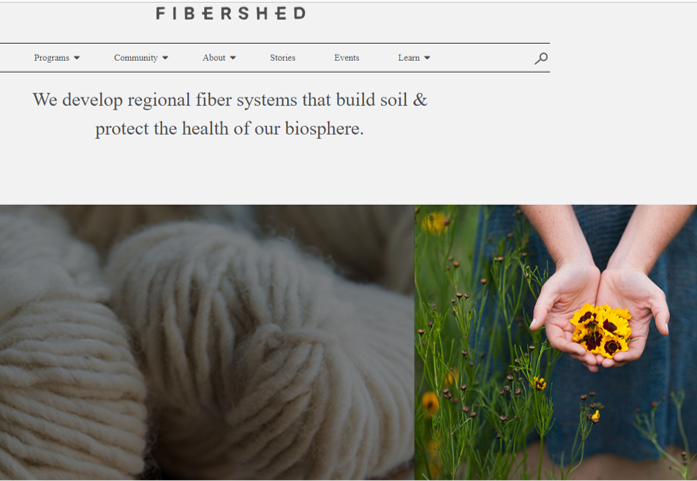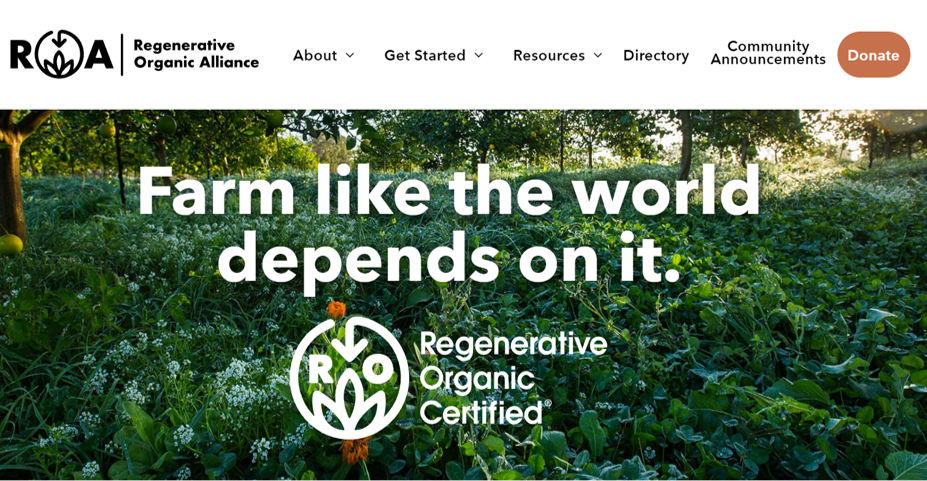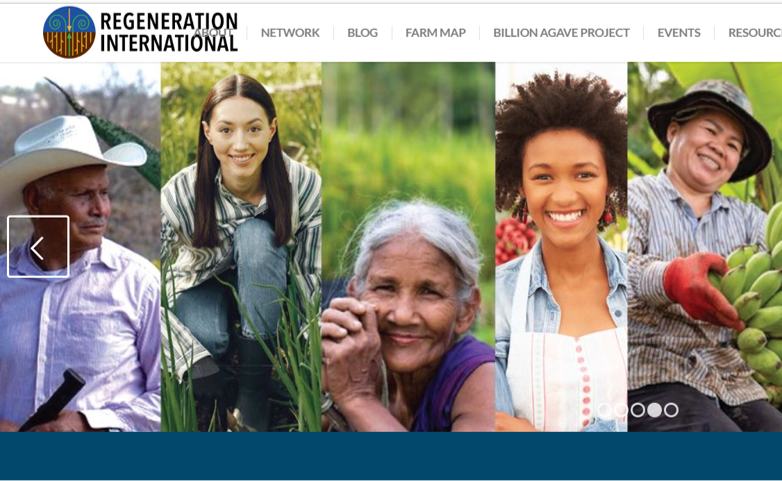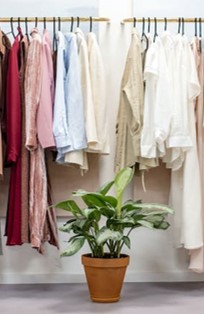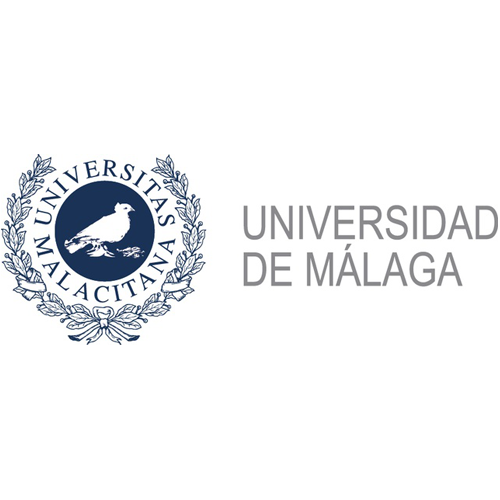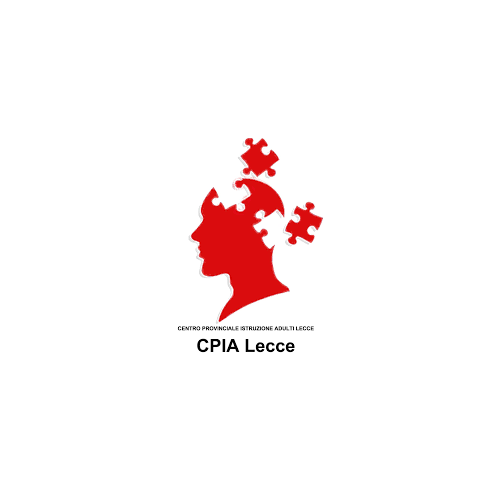EduCARE
Responsible consumption on Clothing
Advanced|
VIDEOS

| ||||||||||||||||||||||
|
Responsible consumption on ClothingClick to read
 Introduction:The role of fashion and textile designers and creators in responsible consumption arises through the encouragement of design and production in a more conscious way. For this, more sustainable and potentially regenerative production practices must be implemented, with transparency about which processes and production methods are used.
The most sustainable practices involve producing purposeful, high-quality functional pieces made from durable materials following a fair-trade process. Sustainability in production must start from a broader perspective, which considers the impact of the design and creation of the piece, its cleaning and maintenance, the definition of its best possible end of life, future reuse or recycling. More sustainable practices must also combat excessive and mass production, promoting small and medium-scale, local production, using slow processes and technology to reduce the industry's impact. Topic development:The fashion industry represents a major part of our economies, worth over $2.5 trillion and employing over 75 million people worldwide. The industry has seen spectacular growth over the last few decades, as clothing production doubled between 2000 and 2014. Although people bought 60% more clothes in 2014 than in 2000, they only kept them half as long. From the individual's point of view, the demystification, diffusion and implementation of exchange, targeted donation, repair, reuse or second-hand purchase, will naturally reduce first-hand consumption, deconstructing the urgency of acquiring new pieces. As a complement, a creation aimed at more responsible consumption will offer options that are in themselves more sustainable from a social, economic and environmental point of view. The existence of these options will facilitate the work of the consumer in the choice process when he needs to purchase first-hand pieces.
The implications of these more sustainable practices will impact several areas of society, including economic, social and cultural, and environmental. As an example, reducing first-hand purchases in favor of second-hand purchases, exchanges, patches/repairs or upcycling will diminish, at least, the waste of production, since that piece is already produced. By purchasing second-hand and simply talking to your friends and family about it, you definitely help reduce the demand for fast fashion. In fact, upcycling is the process of taking old or discarded materials or parts and transforming them into something still useful, whether by cutting and sewing, damming and patching, or other ways that allow the reuse of the piece. To reduce consumption and improve the recycling process, one can act in the value chain, changing all the activities that lead to the creation of the garment. Regenerative fashion changes the usual approach of conditioning clothes in such a way that they become a resource rather than a waste product. This means that regenerative fashion is mainly based on a biodynamic method of cultivation that considers the earth as a complex living being, and its inhabitants, living or inert, as energy resources for nutrition and regeneration. Good practices:More and more emerging brands already reflect on these problems within this industry. However, it must be considered that it is not possible to catalog any fashion brand as an example due to the lack of transparency of its processes and the social and environmental practices of its businesses. For example, some companies do not make their production processes public. On the contrary, they adopt a “radio-silence” approach to environmental goals. If somebody asks about their climate goals, they decline to answer. This is called green hushing. Within this framework, some brands are worth being mentioned as they have aspects that can be considered as good practices. Among some of those brands, it is possible to highlight:
For further options, check Good on You, an online directory that rates fashion brands based on Planet, People and Animals sustainability.
Current and future challenges:The textile and clothing industry is one of the largest sectors in the world and it has been continuously growing, almost doubling in the last 15 years. In this industry, high volumes of non-renewable resources are extracted to produce clothes that are often used for only a short period, after which the materials are largely lost to landfill or incineration. The trend of fast fashion entices consumers to keep on buying clothes of inferior quality and lower price, produced rapidly in response to the latest trends, contributing to an unsustainable pattern of overproduction and overconsumption. This has negative impacts on the environment, climate and society, leading to unsustainable use of non-renewable resources.
The so-called fast fashion is associated with the growing use of fossil-based synthetic fibers, having a high impact on microplastic pollution, with less than 1% of the raw materials used to produce clothing being recycled into new clothing. Most of the clothing either ends up in landfills or is incinerated, with high costs associated with the disposal. Further references:ECOS-REPORT-HOW-ECODESIGN-CAN-MAKE-OUR-TEXTILES-CIRCULAR.pdf (ecostandard.org) Regenerative Design: Textile Systems (slowfactory.earth) A New Textiles Economy: Redesigning fashion’s future (ellenmacarthurfoundation.org) The weight of the economy in ClothingClick to read
 Introduction:The fashion industry represents an important part of our global economy, with an estimated value of more than 2.5 trillion $USD and employing more than 75 million people worldwide. This sector is still growing since consumers bought 60% more clothes in recent years when compared to 2020. This growth can be explained by a rising affluence of cheap garments produced mostly in emerging economies, and an increased disposability, since consumers only keep the clothes for half of the time as they used to do.
Due to the increased concern about the environmental impacts of this industry – which can be translated into economic losses – brands and companies are starting to integrate sustainability aspects in their business models. New business models, based primarily on sustainable or circular concerns, are also emerging. Impacts/Benefits:
The economic impacts of the fashion industry require a shift throughout the value chain and the implementation of more sustainable business models. One of the most important actions the industry could apply is decoupling revenues from raw material production, meaning that the use of resources should not be dependent on natural resources but rather on using the materials that already exist in the garments. This can be achieved by reselling, renting, repairing and remaking clothes. All these business models reduce greenhouse emissions, pollution and biodiversity losses. These business models impact local economies considerably. By repairing or customizing clothes, customers are supporting and promoting local businesses such as seamstresses and small repair shops. For brands, implementing circular business models can lead to a diversity of revenue streams by offering new services such as restoration or customization. Also, there is an increased customer loyalty since the company is not selling just a piece of garment, but a prolonged relationship with its product and the owner. Good practices:Although there are more and more brands concerned with the economic value chain of what they produce, it is difficult to catalog any fashion brand as an example, due to the lack of transparency of their processes and commercial practices. In this context, some brands deserve to be mentioned because they present aspects that can be considered as good practices, even if some may not be totally transparent:
For further options, check Good on You, an online directory that rates fashion brands-based Planet, People and Animals sustainability.
Current and future challenges:In order to fully apply successful circular business models, companies’ revenues need to be decoupled from production and resource use.
Therefore, they need to implement take-back systems to start using their own products as a source of materials and components to be reused in “new” garments. Only by owning and receiving back their own products, can brands achieve the benefits that these practices present. However, there are obstacles to accomplish this, especially because products are not designed to withstand the number of cycles they can go through in a circular business model. And, also, because supply chains are not prepared to receive back garments as they are made to be one-way (company to customer). Moreover, it is important to address the large number of garments this industry produces since its business model relies on making and selling tons of cheap products in order to be profitable. However, this model needs to change, and will certainly change in the future, because real implementation of circular business models implies that brands must stop producing the quantities they currently do. Circular business models and their services will need to be applied to substitute revenue streams these companies rely on in order to be profitable. Due to all of these factors, now and in the future, brands ought to rethink their business models to incorporate new circular practices, since without adjustment, prototyping and innovation, the transition will be harder and the effects postponed. Further references:https://ellenmacarthurfoundation.org/fashion-business-models/overview https://www.mckinsey.com/industries/financial-services/our-insights/global-banking-annual-review Citizens as the core agents of change on ClothingClick to read
 Introduction:
With the liberalization of markets, fast-fashion brands do not, as a rule, have their own production, although, under the current law, they must be responsible for the social conditions of their working chain. Fashion brands were able to benefit from outsourcing services in countries that offered them the best quality-price ratio, crushing production prices in more vulnerable economies, thus exempting themselves from responsibilities on the negative externalities affecting local communities. Examples of abusive advantages were lack of labour protection, moral, physical, and sexual harassment, forced or child labor, unsafe working conditions. The International Labor Organization estimates that a large percentage of 170 million child are forced to work to satisfy the demand of consumers worldwide. The weak labor protection legal framework in these countries is thus an essential part of the fast-fashion business model, still a common practice due to under-budgeting and demanding deadlines that are impractical in the long run, in an already precarious and highly competitive market. Impacts/Benefits:More responsible consumption, which invariably involves the limiting or suspension of consumption in fast-fashion clothing stores, does not make the consumer responsible for the reduction of salary, dismissal, or any other consequence that may happen to the workers of the factories of these stores. The way these professionals are exploited is due solely and exclusively to the precariousness with which they are employed by the factories and the disastrously low price that brands demand to pay for orders, as a strategic generalized procedure. The big fast-fashion brands have the economic and often political power to pay fair trade values. Groups like H&M or Inditex earn billions of euros in annual net profits that have been growing since the turn of the century. The power that the citizen has to contribute to greater social justice in this sector is through the political awareness and civic participation of the individual that converges in collective action - such as voting, making a public consultation, joining movements or organizations for transparency and sustainability of this sector – and thus directly question companies and producers about their practices. Organization and participation in events or training sessions also raise and awareness on these topics. Collective behaviors such as these have more impact on the systemic change of the Fashion industry than isolated consumption behavior.
Good practices:As far as good practices are concerned, consumers can consult, among other sources, the Fashion Transparency Index to be informed on the position of companies with regard to the transparency of their operations. Campaigns like those from Fashion Revolution, namely “Who Made My Fabric?” or “Good Clothes, Fair Pay” are good practices to raise awareness and educate citizens, while encouraging them to be active and to pressure brands to be more transparent in their practices, eventually by changing them. On the part of companies, it is urgent that they change their production methods and certify that the factories where the garments are produced comply with the required working conditions, implementing practices for the protection and sustainable use of water, soil and raw materials.
One of the biggest examples on bad practices was the disaster at Rana Plaza. In 2013, this garment factory in Bangladesh collapsed due to structure problems. More than 1000 people died and over 2000 were injured. This incident brought attention to the working conditions these people had to accept every day, but no major changes were made and on the next day workers had to return to work. Another common malpractice is the cultural appropriation carried out by the big fashion firms on the ethnic, folkloric and traditional elements of other cultures, using their ancestral designs as their own. Firms like Zara, Nike, Louis Vuitton, Carolina Herrera, Mango, Rapsodia, and others have been accused of taking indigenous designs from Mexico, Puerto Rico, Panamá and other countries. Current and future challenges:Faced with the unsustainability and lack of social and climate justice for communities along the entire supply chain of the fashion industry, the European Union presents some measures to reuse waste and reduce carbon emissions, but frankly less measures to eradicate modern slavery on which this sector currently depends.
The proposals for the Circular Economy directives even aim to scale up activities related to resale and reuse and decouple growth from resource exploitation through efficiency. The efficiency of production should, however, result in a better quality of life - as today's degrowth policies advocate - and not in an increase in profits. Future challenges include, among others: to promote a regulation of profits and their more equitable distribution along the supply chain; to establish minimum production prices by law, in order to guarantee a fair labor system that includes decent wages and allows the intellectual, creative, and economic development of communities; to implement a profound economic, political and cultural revolution that will have to be leveraged by a solid legislative-based transition. While the economic purpose of the corporate world is growth, culture is mostly absorbed by consumerism, and the fashion product is technically dependent on labor. The social justice of the working population represents a challenge rarely mentioned within the scope of governmental policies or summits. Environmental sustainability in ClothingClick to read
 Introduction:One of the concepts presented as a way to change the modus operandi of the fashion industry is regenerative fashion, which involves regenerative agriculture. This implies working and using land in harmony with nature, implementing techniques such as land rotation, combination of cultures, application of cover crops and indigenous knowledge, among others. Regenerative Agriculture is not to be confused with Sustainable Agriculture, even though they share common principles. Sustainable Agriculture focuses on how to maintain ecosystems in a productive state through the use of ecological ways of producing food in order to satisfy human needs. The regenerative aspect differs, since it implies an improvement and regeneration of ecosystems, not just maintenance.
In the European Union, part of the clothing at its “end of life” is exported to other countries, but 87% is incinerated or landfilled. In 2017, each person was responsible for generating 654 kg of CO2 due to their consumption of clothing and footwear. Impacts/Benefits:The environmental impact of the fashion industry is not fully known due to lack of transparency, complexity and lack of information sharing. However, it is a fact that this industry presents a huge impact on the environment and public health since it is resource-intensive, using significant amounts of water, land wood and pesticides to farm raw materials like cotton.
As a result, the fashion industry is more and more being pressured to change its economic impacts, especially by NGOs, activists, and environmentally aware consumers. It has been studied that most consumers wish to buy environmentally friendly apparel due to social pressure, concern for the environment and, perhaps, influenced by guilt and knowledge about the impacts of this industry and the need to change their purchasing habits. Currently, the vast majority of fashion brands and companies focus on publicizing the actions they have taken to become more sustainable. However, for many civil society organizations, just changing parts of the business model or disclosing actions or collections in which sustainability measures are applied is not enough. In this way, a systemic change is required from the stage of cultivation of raw materials to the stage of disposal. As an example, several fashion brands are already starting to look for producers that respect and use the principles of regenerative agriculture as a way to not only be more sustainable or carbon neutral, but to impact the environment positively. Good practices:Although environmental concerns are increasing among practitioners, it is not possible to identify, with accuracy, companies that respect all guidelines on the different aspects that should be observed within this field. Still, more and more brands with environmental concerns are emerging:
Current and future challenges:
In order to have significant changes and a decrease in the impact of this industry at a global level, it is necessary to promote a change in habits based on the knowledge of the impacts that the production and disposal of clothes has. For a fringe of the population, more radical measures and, therefore, with greater environmental impact, can and should be implemented, such as not buying new clothes, boycotting fast fashion brands and companies that do not comply with or do not present any changes to their models. Normalizing the use and consumption of clothes produced in a more sustainable way should be the direction to take. However, issues such as the price, quantity and quality of clothing items or short fashion trends should be worked out with brands to encourage the existence of a more sustainable market. This normalization strongly involves a change in the companies' business models. The practice of regenerative agriculture that provides raw materials that do not have harmful impacts on soil, water and biodiversity, is also one of the biggest challenges, since it implies a structural change in the way this type of materials is produced. To this end, it is necessary to promote and encourage the practice of this type of agriculture at a local and regional level, fostering proximity trade, with less environmental impacts and more social and economic benefits. Further references:Fashion Revolution. 2022. “What is Regenerative Fashion?” Made Trade Magazine. 2022. “What is Regenerative Fashion?” Movement Regeneration International First steps towards responsible consumption on ClothingClick to read
 Introduction:
Buying the clothes we like at cheap prices, especially fast-fashion, is not for free. Someone, somewhere is paying, from unfairly treated workers to everyone on the planet who has to deal with the environmental and economic consequences of this consumption. Concerns about sustainability and responsible consumption of fashion have increasingly led consumers to demand fashion players to act responsibly and consider the impacts of their businesses. Tips and recommendations todo /Not to do:Rethinking supply chains to create a circular economy is key, but this will only work if we all adopt new behaviours to become more fashion-conscious consumers. To help you change your habits and inspire others, here is some practical advice: ‘TO DO’
‘NOT TO DO’
Further references:https://dailyhive.com/seattle/become-a-conscious-consumer https://www.panaprium.com/blogs/i/consider-when-buying-clothes https://www.sustainablejungle.com/sustainable-fashion/how-to-avoid-fast-fashion/ https://eco-age.com/resources/how-care-your-clothes-and-keep-them-longer/ |
Area
Clothing
LevelAdvanced
KeywordsClothing; Responsible Consumption; Sustainability; Fashion; Upcycling; Regenerative; Fast-fashion
 Play the game
Play the game Send us your opinion!
Send us your opinion! Play Audio
Play Audio 


